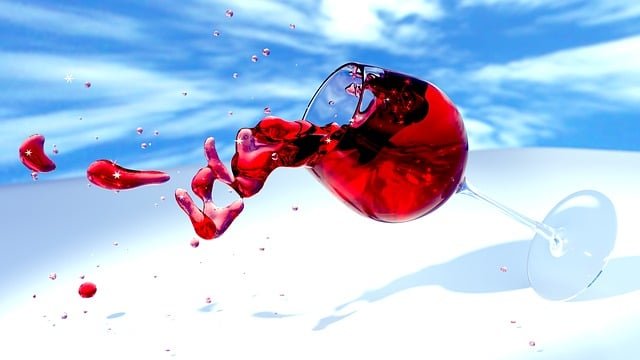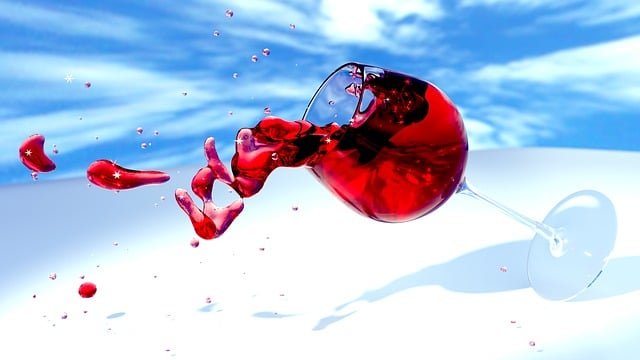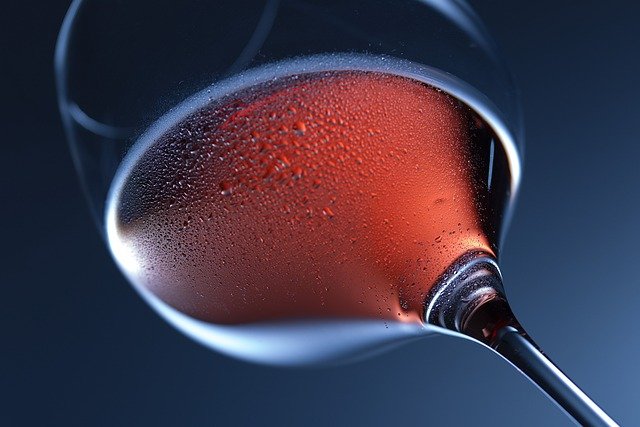“Essential Wine Fridge Components Guide”
July 3, 2025 | by li, moniker

“`html
Essential Wine Fridge Components Guide
Whether you’re a casual wine enthusiast or a serious collector, understanding the key components of a wine fridge is crucial for preserving your bottles at optimal conditions. This comprehensive guide explores the essential elements that make up a quality wine cooling system and how they contribute to maintaining your wine’s flavor and longevity.
1. Cooling System Technology
The heart of any wine and beverage cooler is its cooling mechanism. Modern units typically use either compressor-based or thermoelectric cooling systems:
- Compressor systems offer powerful cooling and better temperature stability for larger collections
- Thermoelectric systems provide vibration-free operation and energy efficiency for smaller collections
2. Temperature Control and Zones
Precise temperature regulation is vital for wine preservation. Look for these features:
- Digital thermostats with ±1°F accuracy
- Dual-zone or multi-zone cooling for different wine types
- Memory functions to maintain settings during power outages
Many premium built-in wine coolers offer separate temperature zones for red and white wines, allowing you to store each at their ideal serving temperatures.
3. Insulation and UV Protection
Quality insulation materials like double-paned glass and high-density foam minimize temperature fluctuations while blocking harmful UV rays that can degrade wine quality. This is especially important for units with glass doors that might be exposed to sunlight.
4. Shelving and Storage Design
The interior layout significantly impacts functionality:
- Slide-out wooden shelves for easy access and bottle protection
- Adjustable rack configurations to accommodate different bottle sizes
- Champagne bottle storage options in larger units
5. Humidity Control
Maintaining 50-80% humidity prevents corks from drying out. Some advanced wine and beverage coolers feature:
- Built-in humidity regulators
- Water reservoirs for passive humidification
- Automatic humidity monitoring systems
6. Vibration Reduction
Excessive vibration can disturb wine sediment and accelerate aging. Quality units incorporate:
- Shock-absorbing shelving materials
- Vibration-dampening compressor mounts
- Thermoelectric cooling (completely vibration-free)
Pro Tip: When shopping for a built-in undercounter wine cooler, consider both your current collection size and future expansion. It’s better to invest in slightly more capacity than you currently need to accommodate growing collections.
7. Energy Efficiency
Modern wine cooling units prioritize energy conservation through:
- ENERGY STAR® certified models
- LED lighting that generates minimal heat
- Eco modes that optimize power usage
8. Door Styles and Security
Choose between various door options based on your needs:
- Single or double glass doors for display
- Solid doors for maximum insulation
- Lockable models for valuable collections
By understanding these essential components, you’ll be better equipped to select the perfect wine and beverage cooler for your collection. Remember that investing in quality cooling technology today will pay dividends in preserved wine quality and enjoyment for years to come.
“`
RELATED POSTS
View all


